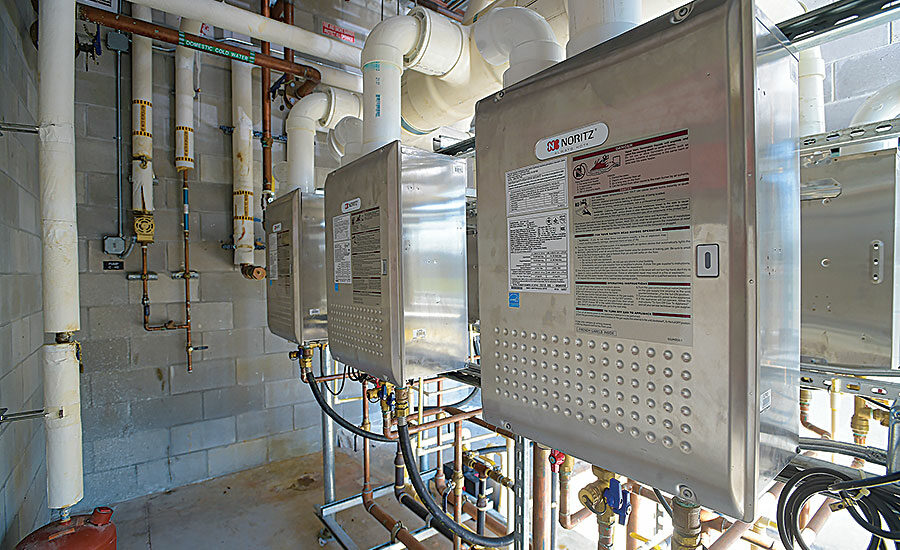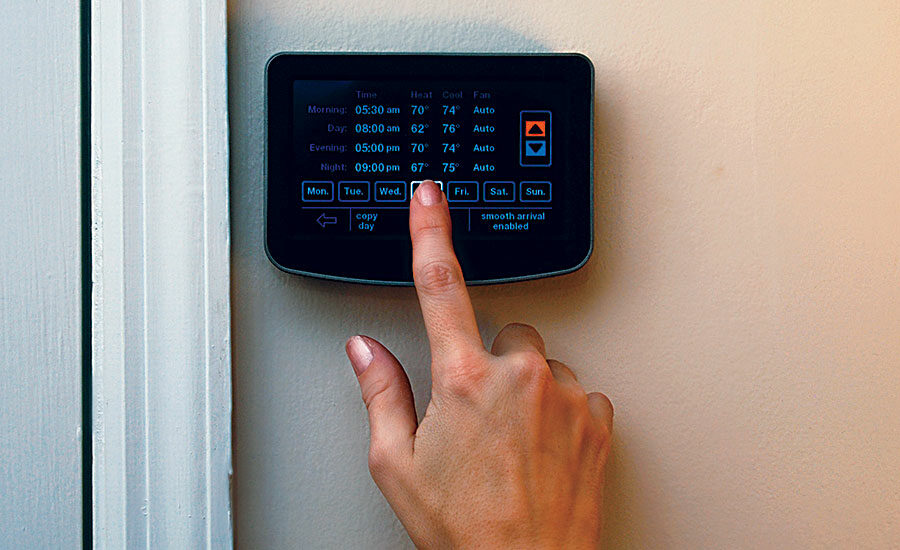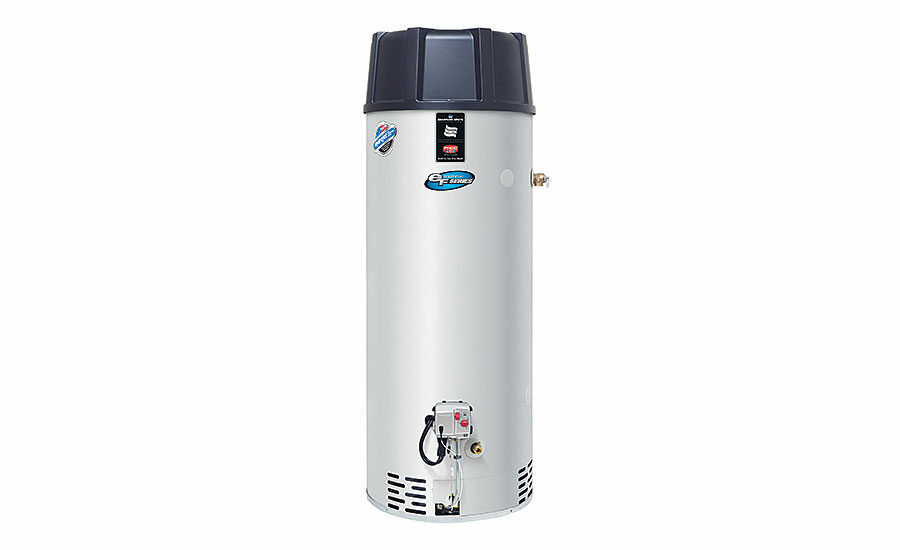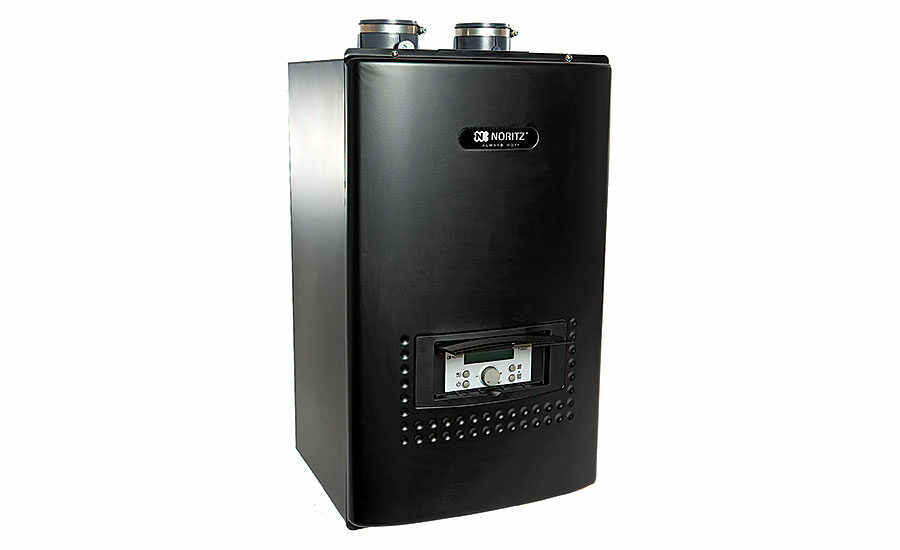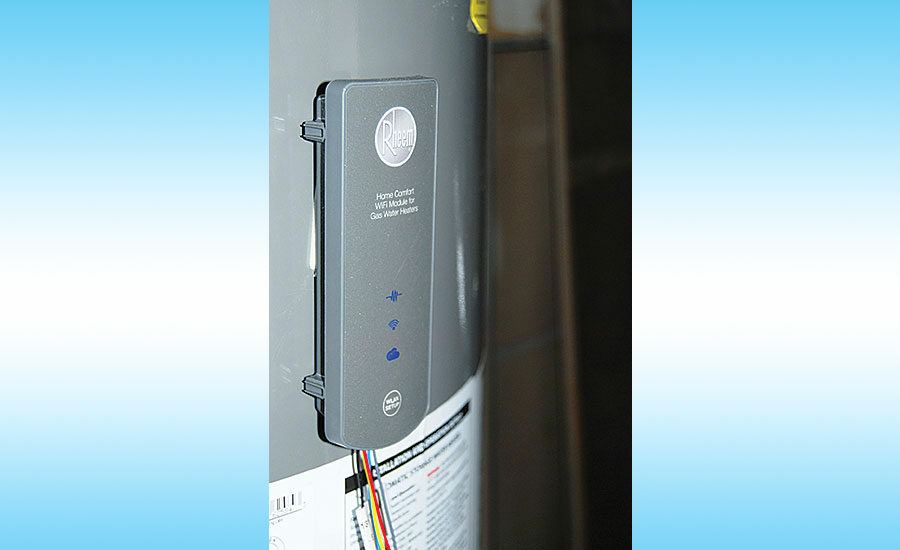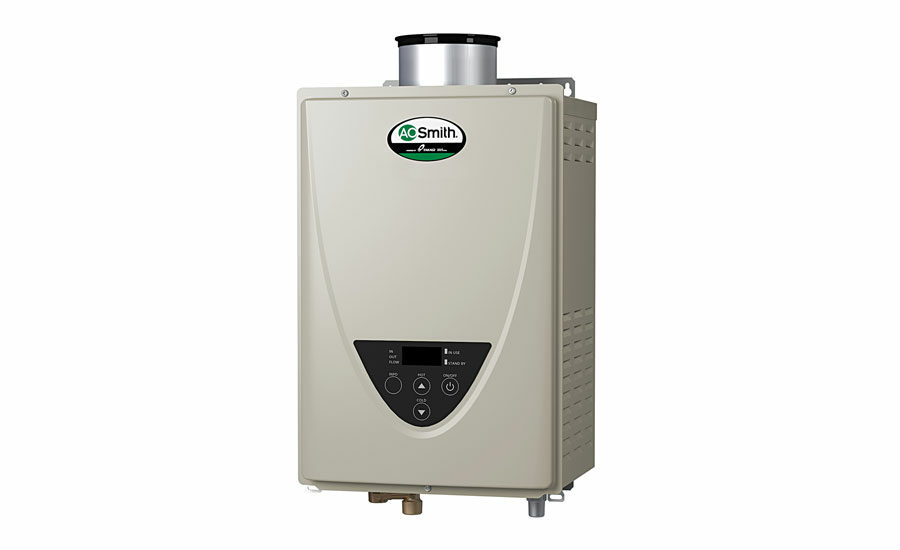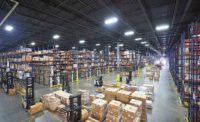Ayear ago, the water heater industry was in the midst of adapting to the National Appliance Energy Conservation Act, which issued new efficiency mandates requiring higher Energy Factor ratings on most residential water heaters.
One year later, water heater manufacturers have put the NAECA changeover behind them and are focused on providing the best performance and value possible in the products they produce.
“With the NAECA changeover now in the review mirror, things appear to have stabilized and manufacturers are back to work identifying new opportunities to further expand and improve the durability and feature sets of their products,” Bradford White Director of Marketing Carl Pinto Jr. says.
Bradford White, like many other manufacturers, spent time readying for the changeover. In Bradford White’s case, that meant updating its Middleville, Mich., manufacturing facility to produce NAECA-compliant products.
“The changeover has been positive because of the time we invested in preparing our customers and ourselves for NAECA 2015,” Pinto Jr. says. “We spent the better part of the last three to four years leading up to April 2015, helping the industry understand what NAECA would mean to homeowners, contractors and wholesalers.”
A. O. Smith Vice President of Marketing David Chisolm labeled 2015 “a very interesting year” for the water heater industry. “The large majority of residential products had to be re-engineered,” he says. “This had far-reaching implications from manufacturing through distribution. There was a tendency on the front end to look at all the risks associated with such a large industry change. That drove our company to look at this as an opportunity. It was an opportunity to engineer our product line in the ideal way. We view the change as a largely positive transition as contractors and homeowners now are talking more about what water heater options they may have available.”
Navien Specialty Sales Channel Manager Brian Fenske notes the stockpiles of older-style pre-NAECA tank water heaters have diminished in the marketplace. “This has caused the availability of sizes to finally change the mindset of most on what to use and install,” he says. “This has caused a pricing structure to change and has required quotations to consumers of what used to be the standard to be re-evaluated by the installing groups.”
The voice of the customer
James York, vice president of engineering for tankless water heater manufacturer Rinnai America Corp., says customer needs in the space largely remain unchanged. “Customers tell us their priorities are quality and reliability, more and faster hot water, and saving money,” he says.
Noritz Senior Marketing and Customer Care Manager Jason Fleming echoes those sentiments on efficiency, both product-wise and with the pocketbook. “The main thing customers continue to be interested in is a high-efficiency product. People want what is perceived as the best,” he says. “And there still are federal rebates geared around these high-efficiency products. There are rebates of up to $300 a customer can use in conjunction with utility rebates that are available sporadically throughout the country. You combine those two elements and you have a nice story. It’s a quick return on investment that offsets the expense.”
From the contractor perspective, Fleming adds high efficiency is high on the list followed by installation logistics. “A contractor wants a product he or she can easily sell and that means a high-efficiency unit,” he says. “They also continue to look for ease of installation and that’s something our company has focused on the last few years. We want to make a product that is easy to install. The contractor wants the entire process to be as easy as possible.”
The smart factor
One major emerging trend water heater manufacturers agree on is the continued advancement of remote technologies. “Automation through wireless connection with home appliances is a big trend for consumers,” Rinnai’s York says.
Rheem Director of Product and Channel Marketing Stacey Gearheart adds: “Customers enjoy the convenience of being able to adjust their water heater settings from their smart device.”
Bosch Thermotechnology Product Manager Kristen Metropoulos doesn’t expect the mobile trend to slow down anytime soon. “We foresee an even greater increase in connected water heaters with apps for smart devices,” she says.
“This trend also is helping to increase the education of homeowners regarding how much energy they use for various appliances in their homes. Water heating constitutes the second-largest home expense behind space heating and cooling. If homeowners have this information on their phone in terms of how high their energy consumption is and where there is waste, this can help reduce energy costs.”
Lochinvar Product Manager David George feels today’s homeowners are open to various types of water-heating technologies. “The tank-type water heater is the simplest, most cost-effective and highest-selling appliance,” he says. “However, today’s consumer is willing to embrace nontraditional water-heating technology.”
With consumers becoming more engaged in the selection process of water heaters, A. O. Smith’s Chisolm says now is the perfect time for contractors and distributors to best position themselves in the marketplace. “This is a trend we see continuing to develop,” he says. “This presents a range of opportunities for our channel partners to positon themselves as experts in the category. Education will be a key in capitalizing on this trend.”
Chisolm predicts even greater innovations in the industry are on the horizon. “We see a continued interest in energy efficiency,” he says. “Getting these newer technologies adopted throughout the channel will continue to be of interest. There are a large number of technologies available that haven’t fully made it through to the consumer.”
Bradford White’s Pinto Jr., adds: “It seems NAECA drove manufacturers to look at water-heating products in a different way and that mindset likely will drive the next big thing in our industry.”
New in water heaters
To see what’s new in water heaters, check out the slideshow above.
Bradford White eF Series
Highlight:Recently expanded line includes residential and light-duty commercial models with thermal efficiencies of more than 90%.
Noritz CB combi-boiler
Highlight:Acts as not only a domestic water heater but also provides hydronic heating in the home.
Lochinvar Indirect water heater
Highlight:Unit uses the power of the residential boiler to heat domestic water.
Rinnai V94
Highlight:Features nearly 10 gpm with 199,000 Btu — available in both natural gas and propane.
Rheem EcoNet
Highlight:Remote leak detection feature alerts end users of issues before a small leak turns into something larger.
A. O. Smith tankless
Highlight:New line of concentric vented tankless products facilitates easier installation and replacement.
Navien NaviLink
Highlight:Wi-Fi app for all Navien equipment allows control, operations and notifications from a smartphone.
Bosch Control
Highlight: Connected smart room control focuses on increased homeowner comfort and control over their heating and hot water systems.
This article was originally titled “The aftermath” in the April 2016 print edition of Supply House Times.
